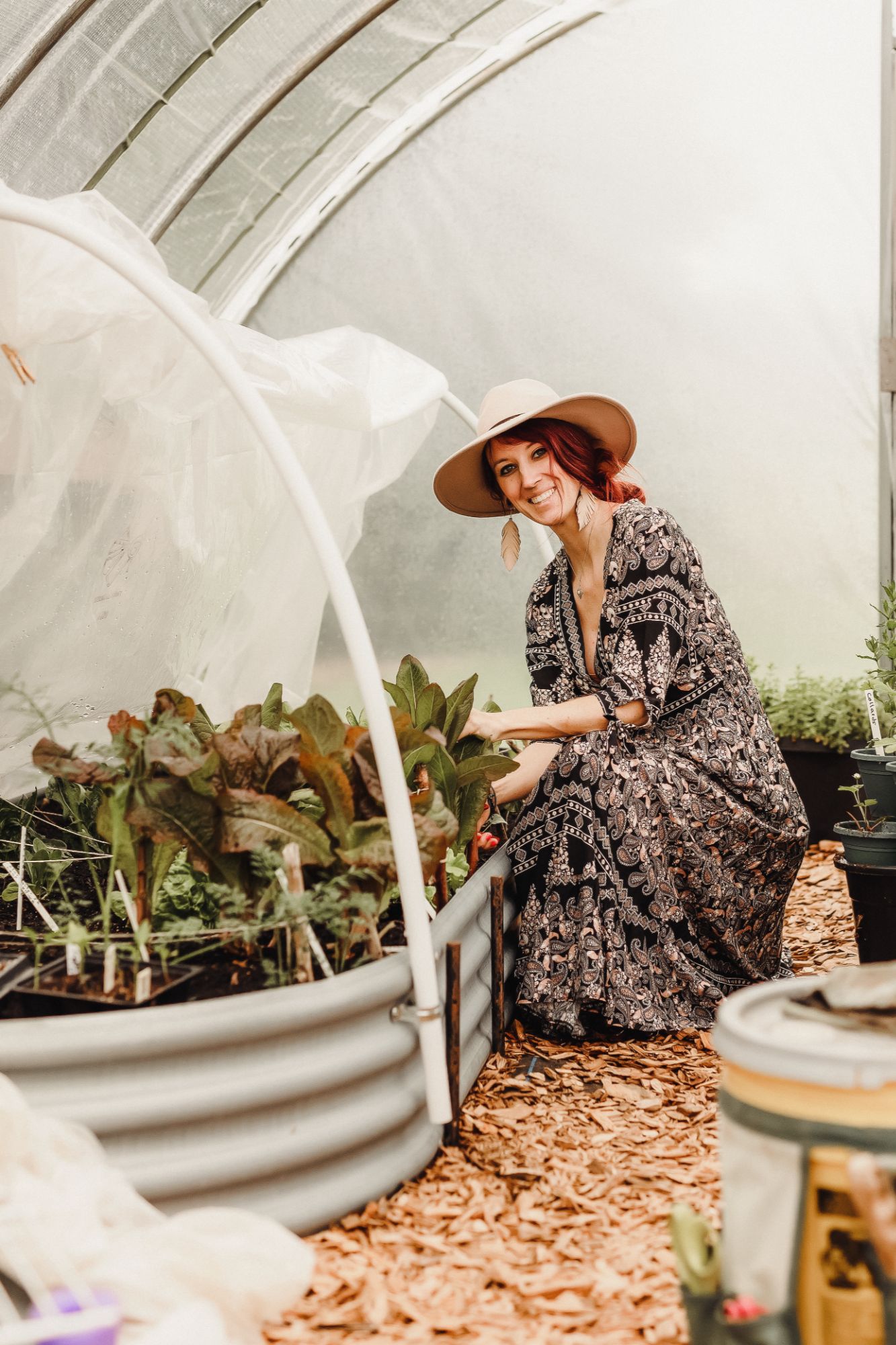A Local’s Guide to April and May Planting in the Pacific Northwest
A Local’s Guide to April and May Planting in the Pacific Northwest
What’s Growing in Your Garden This Spring?
Spring in the Pacific Northwest isn’t just a season — it’s a vibe. The rain starts to feel softer, the days stretch a little longer, and everywhere you look, green things are pushing their way up through the soil like nature is hitting the reset button.
If you live around Vancouver, WA or Portland, OR, you’ve probably already seen the daffodils and cherry blossoms showing off, and maybe even caught yourself admiring a neighbor’s garden and thinking, “I should totally grow something this year.” Good news — you absolutely can, and April and May are the perfect time to get started.
Whether you’ve got a full backyard to work with, a cozy little patio, or just a few containers on the porch, gardening in spring is one of the most satisfying ways to connect with your space — and your dinner plate. From planting peas that will climb sky-high to harvesting your own greens for salads, the process is grounding, delicious, and surprisingly addictive (in the best way).
As someone who spends a lot of time helping folks find their dream yard, I can’t help but geek out a little about what to do once you’ve got that yard — especially during this sweet spot in the season. Over the years, I’ve learned a lot from local gardeners, backyard homesteaders, and a few trial-and-error experiments of my own. And today, I’m sharing a spring planting guide for those of you itching to grow something beautiful (or edible!) this year.
Let’s dig into what you can plant, when to plant it, and how to make the most of the PNW’s unique growing season — no matter your experience level. 🌱
🌷 Why Gardening in the PNW is Special
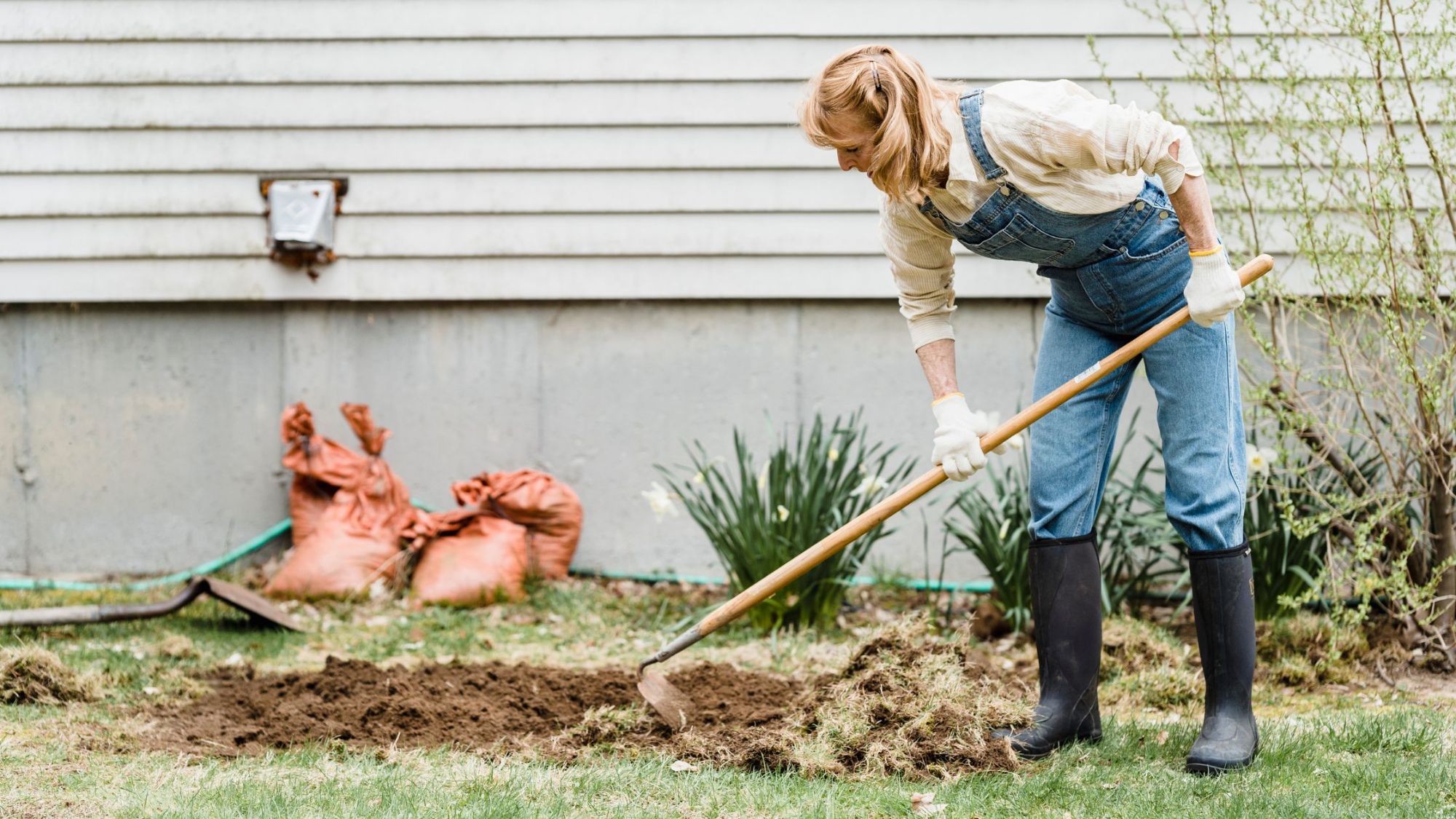
Here in Vancouver, WA and Portland, OR, we’re incredibly fortunate to garden in one of the most fertile and forgiving climates in the country. The Pacific Northwest has a long, mild growing season that begins in early spring and stretches well into fall — which means more opportunities to grow a wider variety of plants, often with fewer pests and weather extremes than other regions.
Thanks to our cool, damp springs, nutrient-rich volcanic soil, and that familiar rotation of sunshine, showers, and cloud cover, this region is a dream for gardeners of all skill levels. You don’t need a greenhouse or fancy equipment to start a productive garden here — just a patch of sun, good soil, and a little guidance on timing.
Our unique climate means we can grow:
-
Early crops like spinach, lettuce, kale, peas, and radishes while it's still cool
-
Summer favorites like tomatoes, peppers, squash, and beans once the soil warms up
-
A second round of greens and root vegetables in the fall for extended harvests
And if you’re into herbs or pollinator-friendly flowers, this region supports a lush and long-lasting bloom season that keeps bees, butterflies, and hummingbirds happy through late summer.
But here’s the real secret to success: planting with the seasons in mind.
Even in a place as garden-friendly as the PNW, timing is everything. Some crops love the early chill; others will sulk if planted too soon. Knowing when to start your seeds — and when to hold off — is the key to a thriving garden.
The good news? That’s exactly what this guide is here to help with.
🌧️ PNW Weather Watch: Timing is Everything
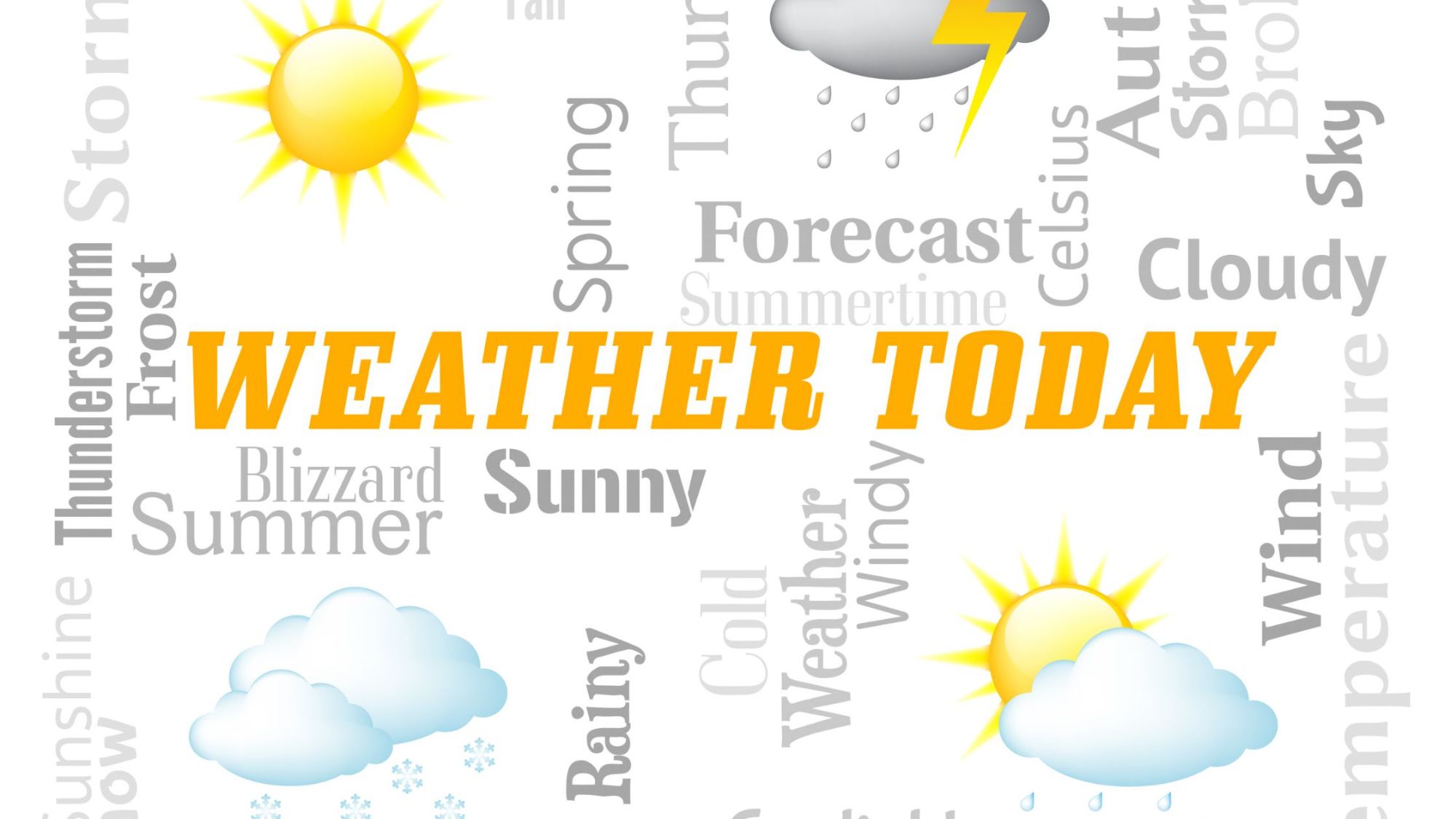
If you’ve lived in the Pacific Northwest for more than five minutes, you already know: spring weather here is predictably unpredictable. One minute you're planting peas under sunny skies, and the next you're scrambling to cover your starts from a surprise downpour. It’s part of what makes gardening here such an adventure!
Our cool, damp springs are fantastic for leafy greens and root crops — but they can be tough on heat-loving plants like tomatoes, cucumbers, and basil. Plant those too early, and they’ll sulk... or worse, rot.
🌡️ Gardening Tip:
👉 Always check the 10-day forecast before planting warm-season crops. If nighttime temps dip below 50°F (and they often do through late April), hold off on planting or plan to protect your plants with garden fabric, cloches, buckets, or even an old sheet.
🌧️ Rain? Great. Drainage? Critical.
The PNW is known for its spring drizzle, but too much rain with poor drainage can drown your plants. Soggy soil leads to root rot, especially for younger seedlings and warm-weather crops that haven’t established themselves yet.
✅ Use raised beds, containers with proper drainage holes, or amend your garden beds with compost and sand to improve soil structure. Planting in mounded rows or on a slight slope can also help water move through more efficiently.
Check Your Local Forecast Before You Plant:
Use this National Weather Service link for up-to-date conditions in Vancouver, WA:
👉 forecast.weather.gov for Vancouver, WA
This page gives you daily highs and lows, rain chances, and wind — all key for choosing the right planting window.
🌱 What to Plant in April
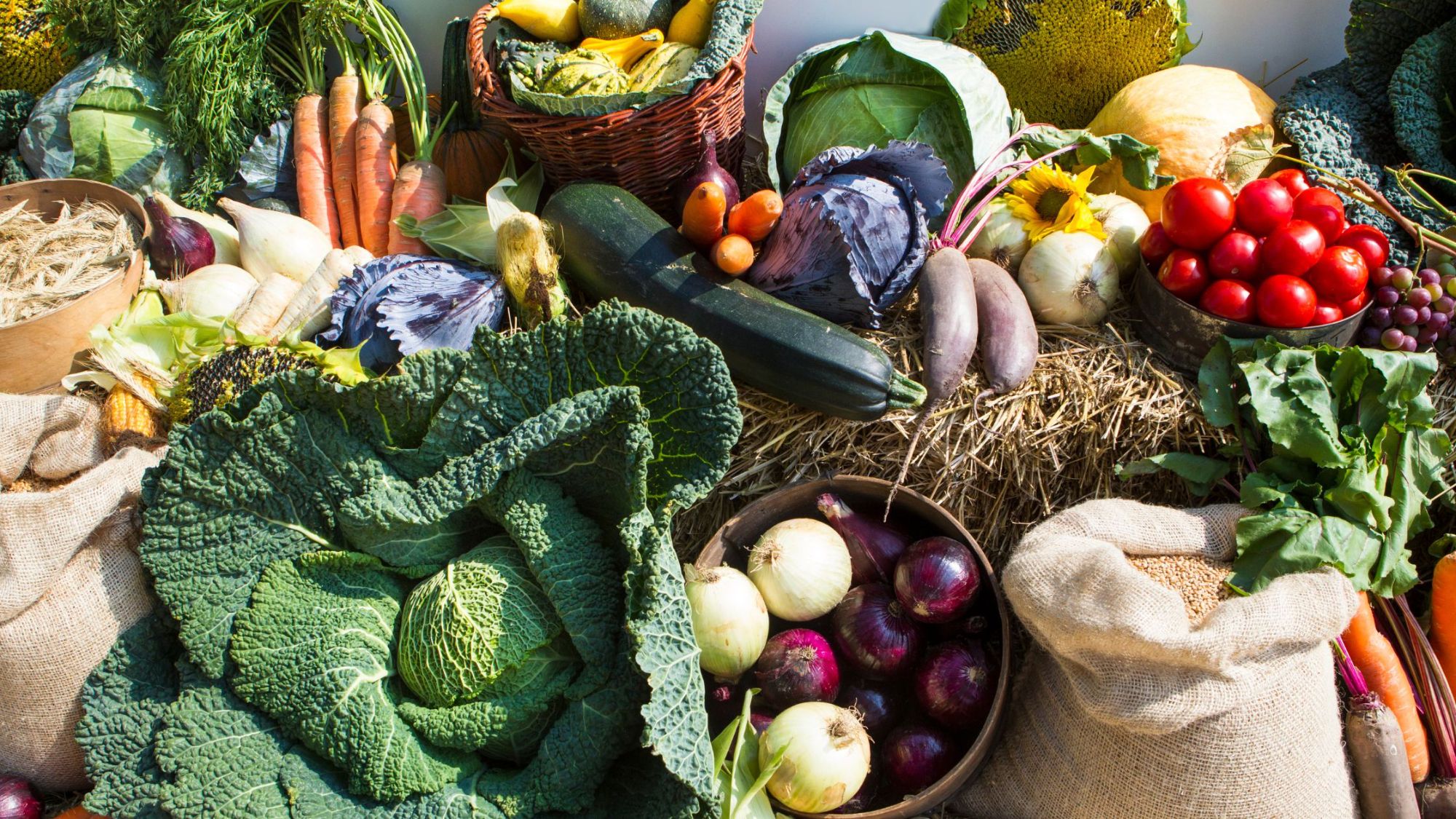
April in the Pacific Northwest is all about embracing cool-season crops. These are the hearty veggies and herbs that can handle a little frost, thrive in the cool soil of early spring, and even tolerate those crisp morning temperatures that keep the PNW feeling fresh. Plus, planting in April gets you ahead of the game, meaning you’ll enjoy your harvest earlier in the season.
Here’s what you can plant now:
Leafy Greens
-
Lettuce: Plant a mix of varieties for a continual harvest through the season. Leaf lettuce, butterhead, and romaine all love the cool spring temps.
-
Spinach: Quick-growing and packed with nutrients, spinach does great in the early spring chill. You can harvest baby leaves in just a few weeks.
-
Kale: A true cold-weather champion, kale is perfect for April planting and will continue to thrive even as temperatures rise.
-
Swiss Chard: This versatile green can handle a bit of frost and will produce all season long. It's also one of the most visually striking plants with its colorful stems!
Root Veggies
-
Carrots: These crunchy beauties thrive in the cool spring soil. Choose from early, mid, or late-season varieties for a staggered harvest.
-
Beets: Beets love cool weather and can be planted early for a delicious, earthy harvest. Plus, you can enjoy both the roots and the greens!
-
Radishes: If you want a quick win, radishes are your go-to. They grow quickly and are perfect for early spring planting. You can enjoy them in just a few weeks.
-
Turnips: Another cool-weather root veggie, turnips thrive in early spring. Try planting both the root and the greens for added variety.
Alliums
-
Green Onions: A great early-season crop. They’re easy to grow, and you can harvest them in stages as they mature.
-
Shallots: Shallots do well in the PNW, and they love the cooler spring weather. Plus, they’re a fantastic addition to everything from salads to roasted dishes.
Peas
-
Snap and Snow Peas: These crops are made for early planting. As long as the soil is workable and temperatures stay above freezing, peas can handle the chilly spring nights. They love the cool, moist weather, and you’ll see quick growth in the first few weeks.
Potatoes
-
Seed Potatoes: April is the perfect time to plant your seed potatoes. The cool soil encourages the potatoes to establish a healthy root system. Plus, they can handle those cooler nights without any problem.
Herbs
-
Cilantro: This herb thrives in the cooler temperatures of early spring and can be planted now for a fresh supply of flavor all season long.
-
Parsley: A cool-weather herb, parsley loves the PNW’s temperate climate and can be planted early for a long harvest period.
-
Thyme: Another herb that does well in the cooler spring temperatures, thyme is great for planting now. Plus, it’s incredibly hardy and will keep growing for seasons to come.
Local Tip:
If you’re unsure about soil temperature, just stick your finger in. If the soil feels cool and moist — you're good to go! If it’s frozen or too soggy, hold off a little longer.
🌞 What to Plant in May
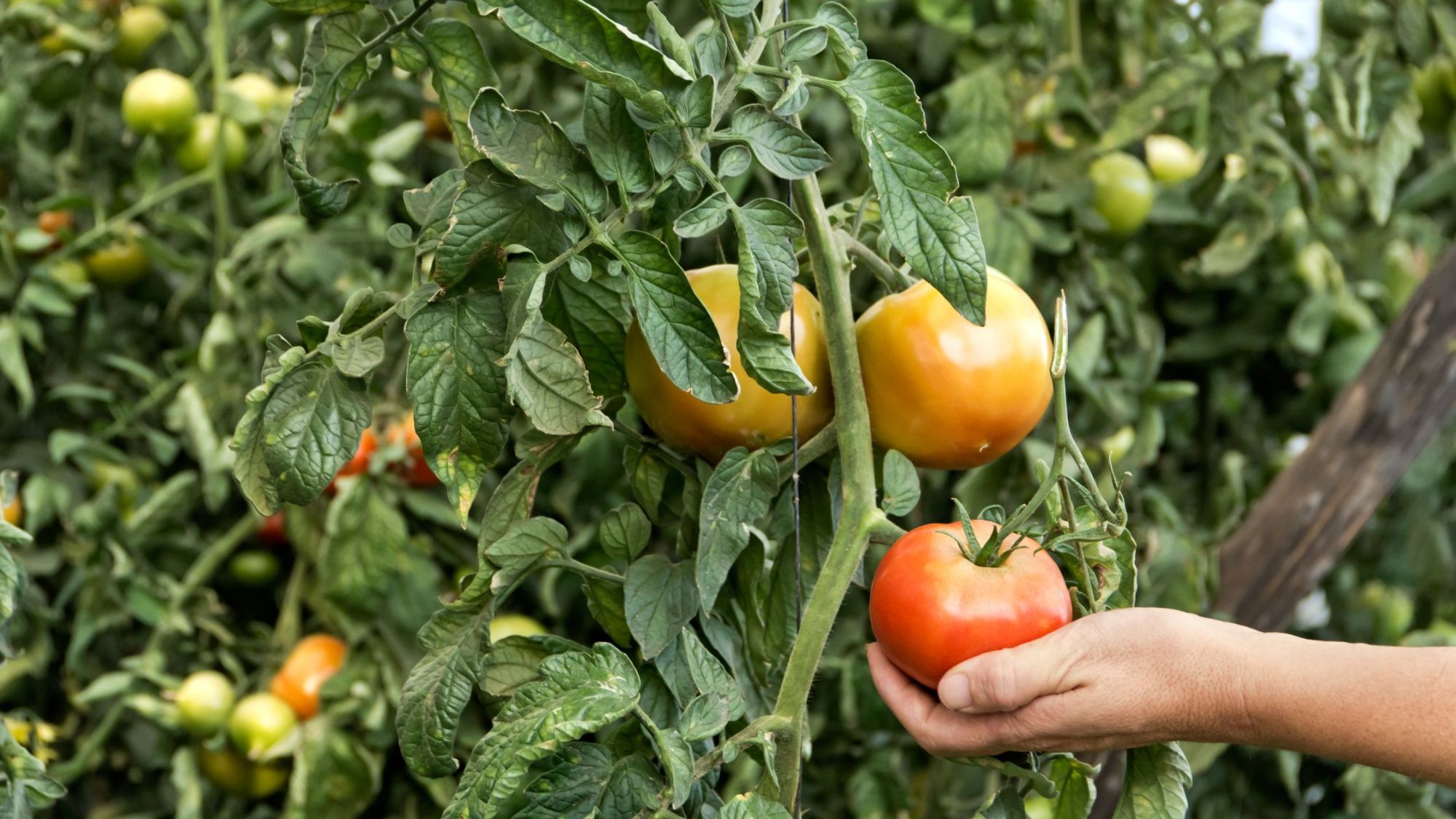
By May, things start to shift in the PNW. The soil warms up, and the days stretch longer, giving your garden a little more energy. This is when you can start planting the crops that love the warmth of late spring and early summer. These plants thrive when the night temperatures stay above 50°F, and they love basking in the longer days and warmer soil.
Here are the plants to get in the ground in May:
Tomatoes
-
Tomatoes: The ultimate summer crop, tomatoes need the warmth of May to truly thrive. Start hardening off your seedlings now, gradually acclimating them to the outdoors by placing them outside for a few hours each day. Once nighttime lows are consistently above 50°F, they’re ready for the garden. You can go with heirloom varieties or try some early-season tomatoes for a faster harvest!
Peppers
-
Bell and Hot Peppers: Peppers are warm-weather lovers. Start them in May, but be sure to wait until the soil is fully warmed. They need consistent warmth to thrive, so it’s critical not to rush this planting!
Cucumbers
-
Cucumbers: Whether you're pickling or slicing, cucumbers do best when they’re planted in late spring when the soil has warmed up. By late May, they’ll be ready to take off and grow quickly with regular watering and full sunlight.
Squash
-
Zucchini, Yellow Squash, or Pumpkins: Squash love the warmth! May is the perfect time to plant them, as they need those longer days to really stretch out and grow. They also tend to spread, so make sure you have plenty of room for them to grow.
Beans
-
Pole or Bush Beans: Beans are an excellent late spring crop. They love warm weather, and since they’re frost-sensitive, it’s best to plant them once you’re past the last frost date. Beans are perfect for direct sowing in May, and they’ll quickly produce after the soil warms.
Basil & Dill
-
Basil: A favorite herb for summer dishes, basil loves the heat. Wait until it’s consistently warm to plant basil, as it doesn’t tolerate the cold very well.
-
Dill: Like basil, dill prefers warmer temperatures. May is the time to plant this herb if you’re looking for fresh flavor for your summer salads, pickles, and more!
Local Tip:
Our average last frost date in Vancouver is typically around mid-April, but be mindful of overnight lows as we approach the end of the month. If temperatures dip below 50°F at night, your warm-weather plants could be in danger. Don’t forget to protect your tender seedlings with a little extra coverage — garden fabric, row covers, or even a tarp on chilly nights will help keep them safe.
📆 Simple Garden Planner: April & May To-Do List
Keep things fun and manageable with this quick checklist of planting tasks and reminders for the season:
✅ April:
Direct sow leafy greens, peas, carrots, radishes
Start herbs like cilantro and parsley
Plant seed potatoes
Check soil drainage and amend if needed
Watch for surprise frosts and protect new seedlings
Start tomato/pepper seedlings indoors (if you haven’t already)
✅ May:
Harden off tomatoes & peppers
Transplant tomatoes, peppers, and eggplant after last frost
Direct sow beans, cucumbers, and squash
Plant basil, dill, and other heat-loving herbs
Mulch around plants to conserve moisture and control weeds
Set up trellises or supports for peas and beans
🌻 Where to Get Seeds & Starts Around Vancouver and Portland
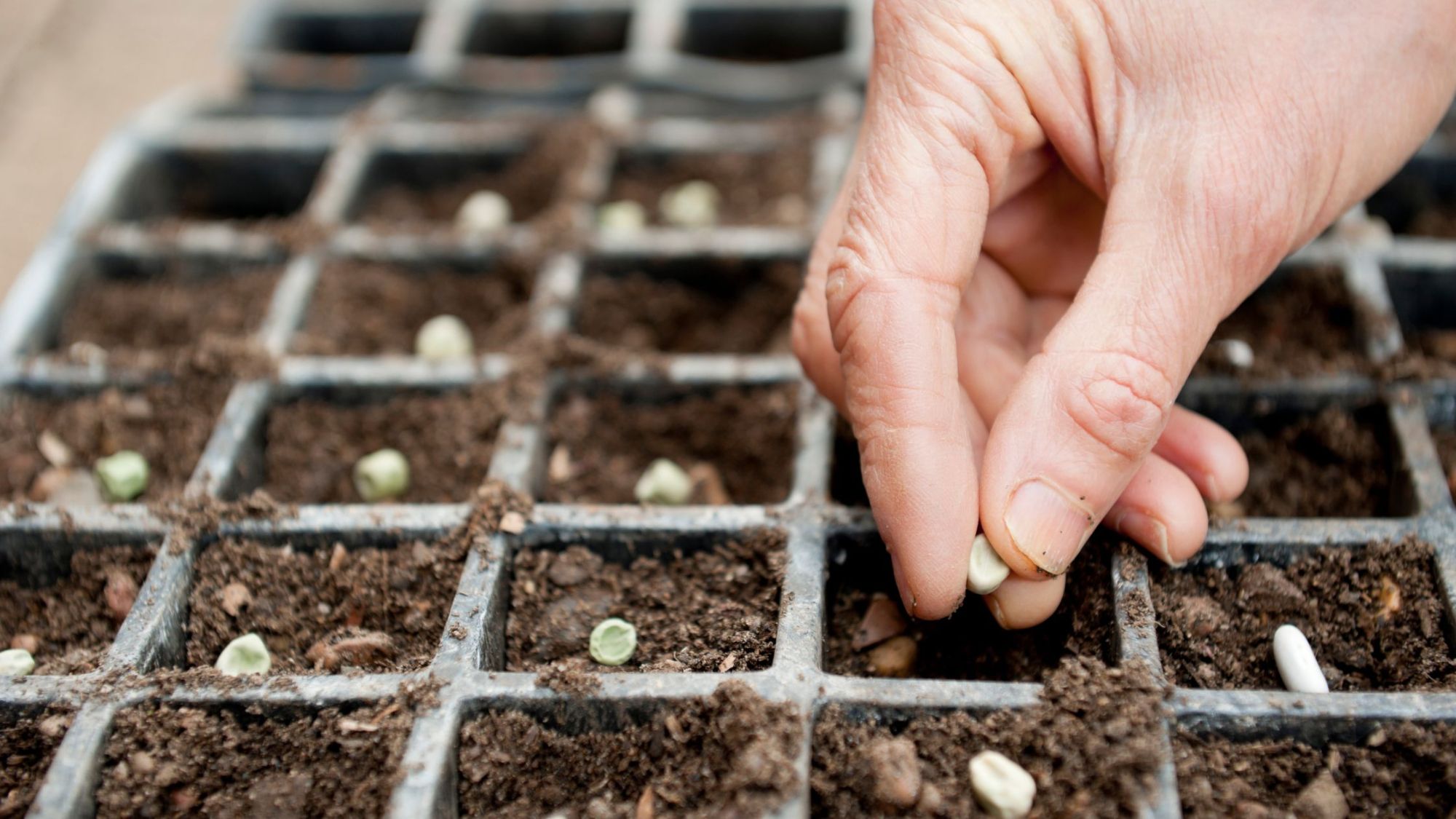
Need a head start or missed seed-starting season? No worries! Local nurseries and farmers markets are stocked up with healthy, ready-to-plant starts this time of year.
A few local favorites:
-
Dennis’ 7 Dees – A local gem for starts, soil, and expert advice
-
Yard ‘n Garden Land – Family-owned nursery with a wide variety of edibles
-
Portland Nursery – A classic go-to if you’re on the Oregon side
-
Camas Farmer’s Market (starting in May) – Great source for organic plant starts and local tips
🌿 Ready to Get Growing?
Gardening is more than just planting vegetables. It’s slowing down, breathing in the spring air, and reconnecting with nature — right outside your door.
So whether you're growing tomatoes for salsa, basil for fresh pesto, or just some flowers to brighten your porch, I hope this guide gives you a little inspiration to start (or continue) your spring planting journey.
And if your dream garden includes a bigger yard, raised beds, or a sunnier patio — you know who to call 😉
Sign up for my monthly newsletter to receive expert advice, important local updates, and insider knowledge on the best ways to thrive in this unique region. Whether you're buying, selling, or simply curious about life in the Pacific Northwest, I've got you covered.
👉 Join my newsletter today and never miss a beat! Just enter your email below and get exclusive access to all things Southwest Washington. Let’s stay connected!
Frequently Asked Questions
What planting zone is the Pacific Northwest?
The Pacific Northwest falls primarily within USDA Hardiness Zones 7–9, depending on elevation and proximity to the coast. Coastal cities like Seattle and Portland are mostly Zone 8, while higher elevations and inland areas can be Zone 7 or lower. Knowing your exact zone helps choose the right plants for your climate.
What are the easiest plants to grow in the Pacific Northwest?
Easy plants for this region include lavender, hostas, ferns, rhododendrons, and hydrangeas. Cool-season vegetables like lettuce, kale, peas, and carrots also thrive. Native plants like Oregon grape and salal are low-maintenance and adapted to local conditions.
What plants do well in shade in the Pacific Northwest?
Ferns, hostas, hellebores, bleeding hearts, and Japanese forest grass thrive in shaded areas. Many native woodland plants also do well in low-light spots. Look for plants labeled as “shade-loving” or “partial sun” when choosing for your garden.
What is the soil like in the Pacific Northwest?
PNW soil varies widely but is often rich, acidic, and well-draining, especially in forested areas. Some parts have clay-heavy or volcanic soils, while coastal zones may have sandy loam. Amending with compost can greatly improve plant health and drainage.
What qualifies as the Pacific Northwest?
The Pacific Northwest generally includes Washington, Oregon, and parts of Northern California and British Columbia. Some definitions also include Idaho and Southeast Alaska. It’s defined by a mild, wet climate and lush green landscapes.
What zone is Seattle, WA in for planting?
Seattle is in USDA Zone 8b, meaning average minimum winter temperatures range from 15°F to 20°F. This allows a wide variety of plants to thrive, including both evergreens and perennials. Mild winters and wet springs define the planting cycle.
When to plant perennials in the PNW?
The best time to plant perennials in the PNW is early spring (March–May) or early fall (September–October). Fall planting allows roots to establish before winter rains, while spring offers a full growing season. Avoid planting during extreme summer heat or winter freezes.
What plant is the most difficult to grow?
Plants like blueberries, orchids, or artichokes can be difficult in certain soil or climate conditions. Blueberries, for example, require highly acidic soil and careful watering. Difficulty often depends on local climate, pests, and soil conditions—not just the plant itself.
What is the easiest plant for beginners?
Beginner-friendly plants include succulents, spider plants, pothos, and marigolds—they’re forgiving and low-maintenance. In the garden, zucchini, lettuce, and radishes grow quickly and don’t need much fuss. Native perennials like lupine or yarrow are also great choices for success with little effort.
What plants like 100% shade?
Plants like ferns, hostas, astilbe, coral bells, and wild ginger thrive in deep or full shade. Many woodland and native plants are well-suited for these low-light conditions. Choose varieties labeled as “full shade” and provide rich, moist soil for best results.
Categories
Recent Posts

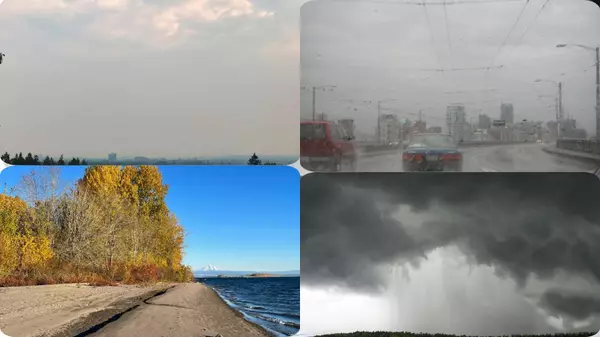


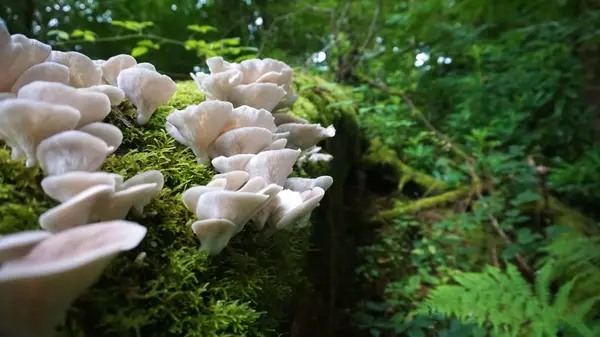

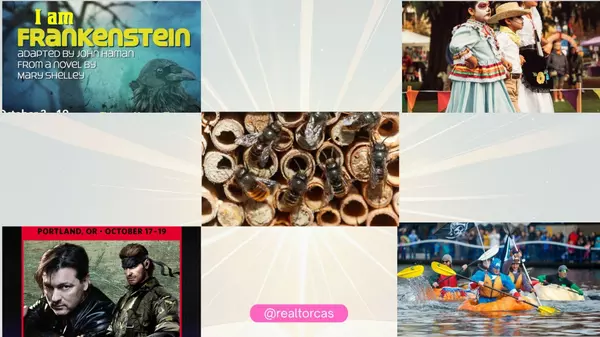



GET MORE INFORMATION

Cassandra Marks
Realtor, Licensed in OR & WA | License ID: 201225764
Realtor, Licensed in OR & WA License ID: 201225764

